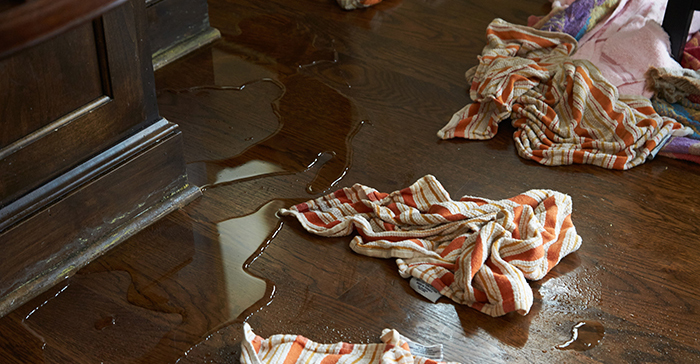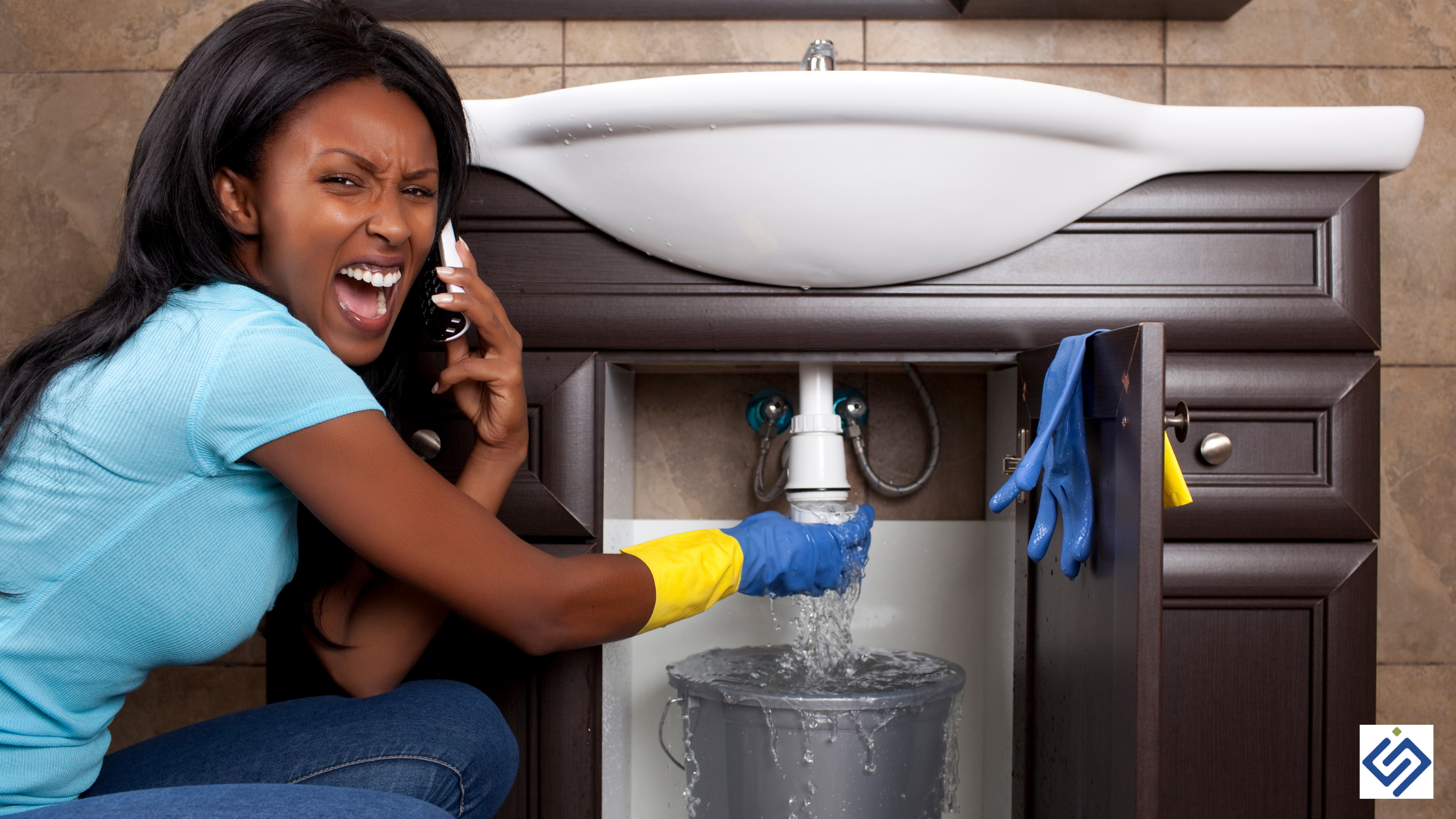Ways to Fix a Water-Damaged Wall in the Bathroom
Ways to Fix a Water-Damaged Wall in the Bathroom
Blog Article
They are making a few great points relating to How to Prevent Bathroom Water Damage overall in this article just below.

The bathroom is very vulnerable for damp buildup and possible water damage because of the constant use of water in it. This write-up offers basic examination techniques to aid detecting water damages threats.
The frequent use water in the washroom makes it incredibly prone for moist accumulation as well as possible water damage. By checking it consistently, you can reduce water associated problems.
The adhering to set of assessments is very easy to perform as well as must be done as soon as in every three months in order to keep your shower room healthy and also to prevent possible water problems caused by the tub, the shower, pipeline joints and also plumbing, sinks, closets, and the bathroom
Do not disregard executing these inspections and be extensive while executing them. Remember that these simple evaluations can save you a lot of cash by supplying very early signs for water damages
Sinks and also Cabinets
Sinks and also closets are revealed to dampness and humidity daily and also are typically ignored. Check consistently under the sink and also on the kitchen counter over it. Fix any kind of drip in the catch as it may recommend drainpipe troubles. Look around the sink, slow draining pipes may show an obstructed drainpipe. Change sink seals if they are fractured or loosened.
Bath tub and also Shower
The shower as well as tub need special interest and upkeep. Examine the ceramic tiles as well as replace if broken. Ensure that there is no missing cement between the tiles. Check as well as replace cracked caulking at joints where the wall surfaces fulfill the flooring or the tub. Clogged drains and also pipelines issues will prevent the bathtub from drying out and also may indicate serious troubles under the tub. Speak with a professional quickly to stop structural damage. Take notice of stainings or soft areas around the bath tub wall surfaces as they may indicate an inner leakage.
Plumbing
Signs for water damage are tough to find considering that many pipelines are set up inside the walls.
Pay unique interest to flooring and wall surfaces moisture and also spots as they may show an undetectable plumbing problem. Examine wetness levels in adjacent spaces too.
The Bathroom
The toilet is an at risk water junction. Check the water lines as well as search for leakages around the bathroom seat, in the tube, as well as under the water tank. If you find any type of indicators of wetness on the flooring around the bathroom, look for leakages in the toilet edge as well as tank seals.
Know that hanging toilet bowl antiperspirants increases the possibilities for clogs.
Water Damage Signs In The Bathroom To Avoid Cleanup
Musty smell
This is one of the easiest signs to catch because musty smells are so odorous. The damp, earthy, moldy smell should be a big red flag. The smell will develop when moisture gets trapped in surfaces, and begins to facilitate mold growth. Leaking pipes under cabinets, inside walls, and behind shower fixtures will cause moisture to stay trapped and not dry, which will lead to mold growth and spread. As soon as you notice any musty smells in your bathroom, have it checked for hidden water damage and cleanup signs.
Visible mold
If the smell isn’t there to give it away, sometimes you will actually see mold growth. Finding mold in your bathroom is a serious problem, because mold is very harmful to your health. By the time mold growth is visible, it also means that water damage has already occurred and been present for some time. The only way the mold problem can be resolved is to find the source of the moisture and get it stopped. To safely and adequately remove mold, you need to have professionals handle the remediation. Do not waste any time in getting mold problems addressed, fixed, and sanitized so that you can protect you and your family from the many respiratory symptoms caused by mold exposure.
Damaged floors
Bathroom floors should be able to withstand some exposure to water while still remaining in good condition. However, when excess exposure or water leaks occur, they will begin to damage even the most water-resistant flooring. If you notice any cracking, bubbling, staining, or warping on your bathroom floors, there is probably a water leak somewhere causing the distortion. If you notice areas of the floor have become softer, or even have a spongy feeling, there is probably damage to the subfloor. Subflooring is typically made up of plywood. When plywood is exposed to water or moisture, it will absorb it. Once it has become saturated, the weight of the excess water will cause the wood to swell and soften. Check the floors in your bathroom frequently to catch any of these sings before they lead to damaged subflooring.
Changes on walls
When water leaks behind walls, it will cause changes in the drywall. Peeling plaster, blistering paint, and soggy wallpaper are all good indicators that excess water is building up behind the wall. Water leaking behind drywall will cause it to swell and be soft to the tough. If you start to notice gaps along the trim of your walls, or where tile meets the wall, it could also be a strong indicator that there is a leak behind the wall. Any changes, distortion, or damage on the walls should be evaluated as soon as you notice it to prevent further water damage and cleanup.

Hopefully you liked our article on How to Fix a Water Damage Bathroom. Many thanks for taking time to read our short article. So long as you liked our blog posting if you please do not forget to pass it around. I praise you for your time. Visit again soon.
Get Quote Now Report this page